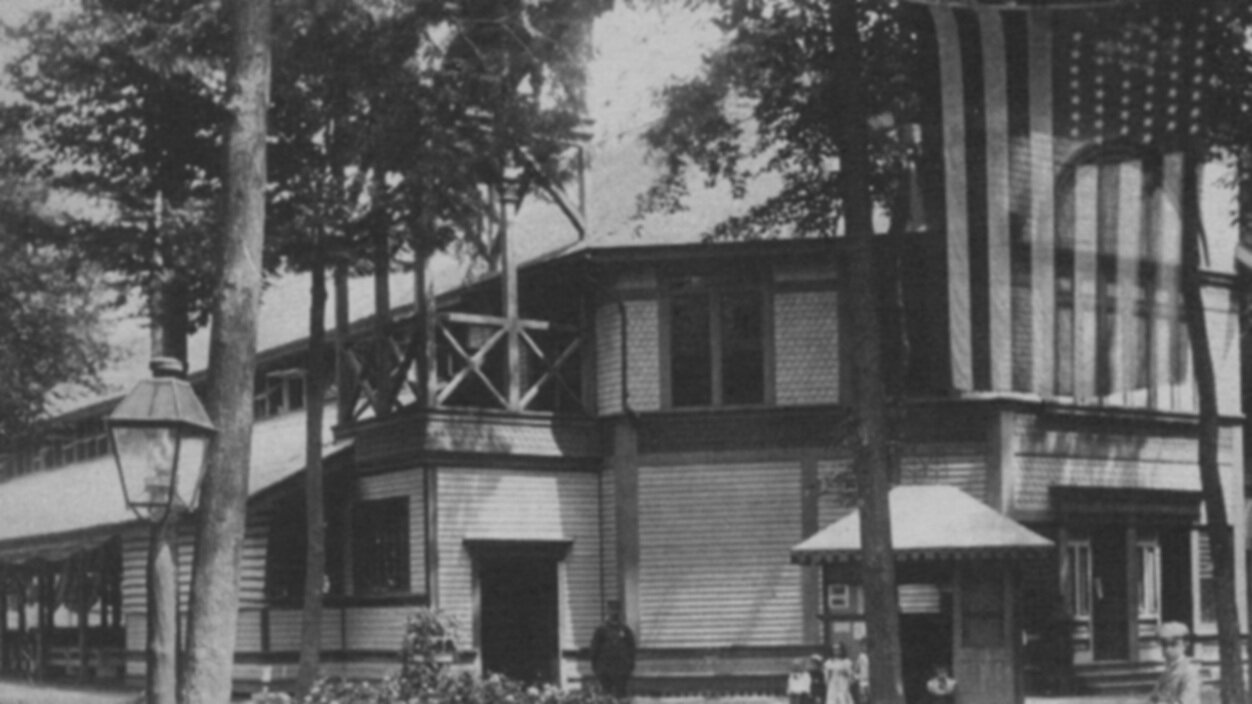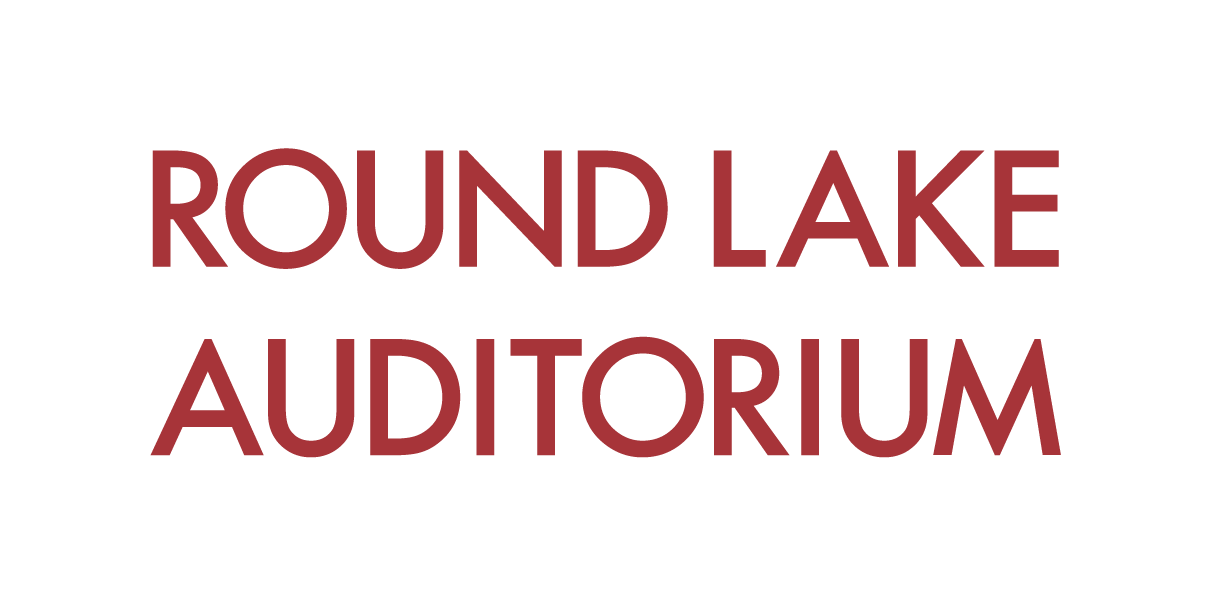
History
History of the Auditorium
In 1868, a group of Methodists from Troy, N.Y. selected the site of what is now Round Lake Village for a “campmeeting”. Post-Civil War, these gatherings were enormously popular religious revivals with as many as 20,000 gathering to hear rousing sermons each summer. In the mid 1880’s Round Lake transitioned from a purely religious orientation into a Chautauqua-style educational resort, complete with hotels, museums, and lecture halls.
Round Lake's literal and figurative center was and is the Auditorium. From a rough platform surrounded by benches in a clearing of trees the site grew to an enormous tent, then to an open-sided pavilion with canvas sides, and, in 1912, to the glass-enclosed building we see today. Falling into ruin by the 1950s and nearly bulldozed, the Auditorium has been reborn and today is a well-used cultural venue. The summer tradition continues with concerts, performances of all kind, art shows, and community gatherings from late May to early October.
The Auditorium’s crown jewel is the Davis Ferris Tracker pipe organ. Built in New York City in 1847 and moved to Round Lake in 1888, the 1900-pipe organ is the oldest and largest of its kind in the United States, and in 2016 was designated a National Historic Landmark. Today, the work to preserve and improve the Auditorium continues.
The Round Lake Auditorium is an utterly unique space with seating for 300 (in brand new seats). It is large enough to accommodate orchestras and stage productions, but with an intimate ambiance suitable for wedding ceremonies or smaller events. The Auditorium is a unique, historic venue for any event.






